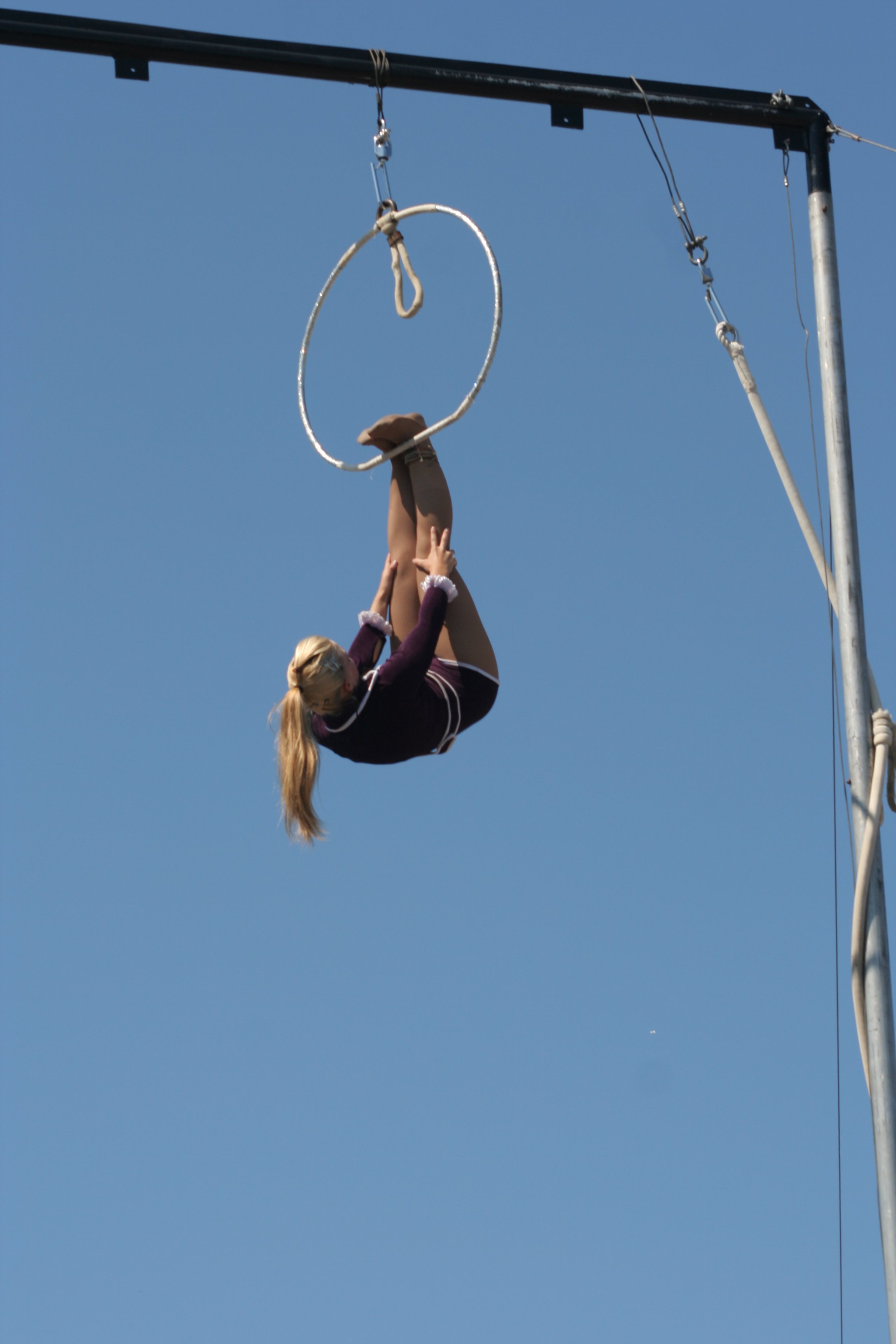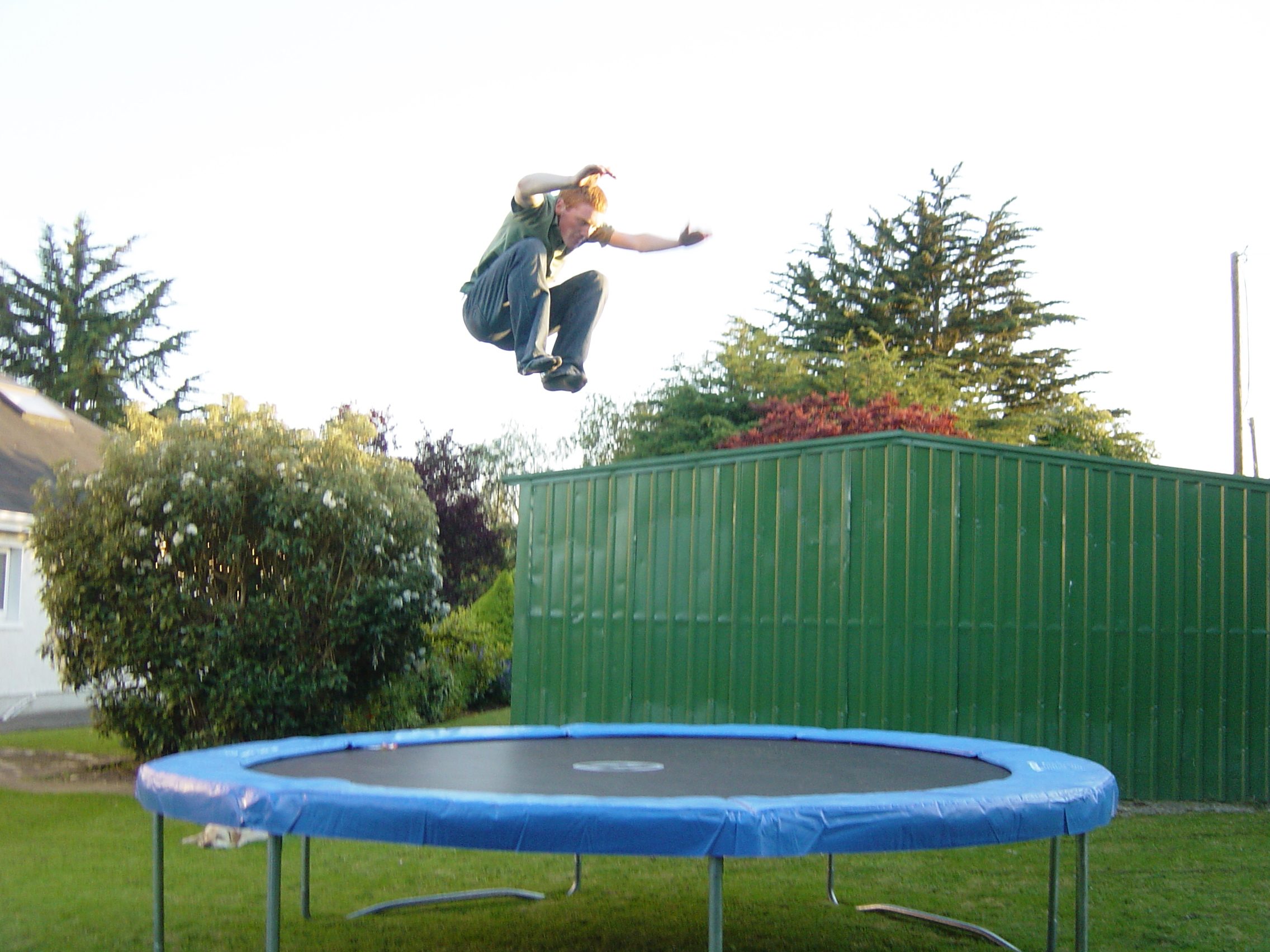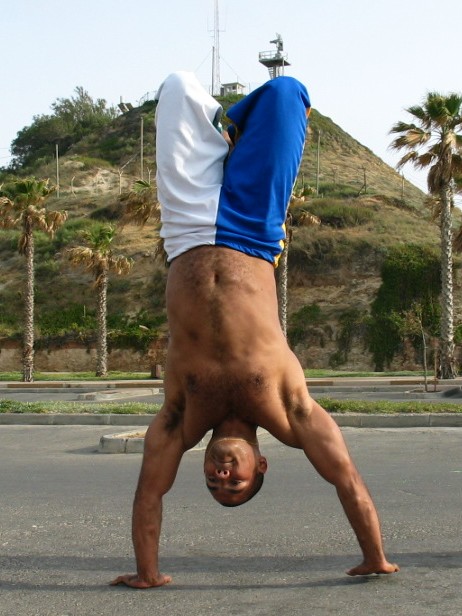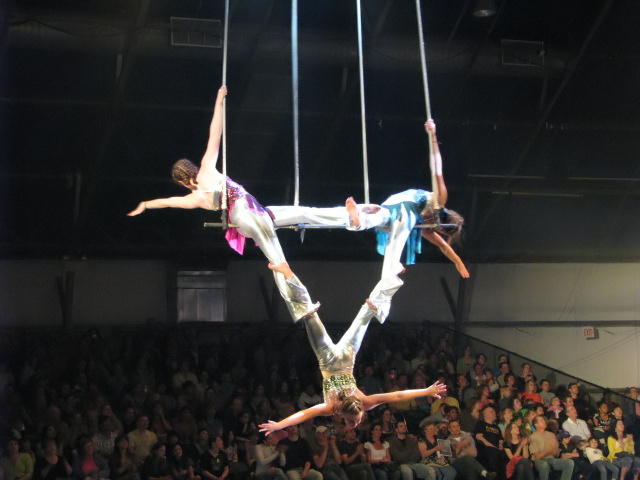|
Joyà
''Joyà'' is an 80-minute long resident show at the Grupo Vidanta, Vidanta resort in the Riviera Maya, Mexico, produced as a collaboration between Cirque du Soleil and its subsidiarCirque du Soleil Events + Experiences(formerly 45 Degrees). It is Cirque du Soleil's first resident show in Latin America. Culture meets nature ''Joyà'' premiered on November 8, 2014, inside a custom-built theatre set in the jungle, with a 600 guests capacity. The exterior design of the theatre was inspired by organic forms in a clearing surrounded by trees. Before excavation and construction of the theatre could begin, biologists meticulously identified all flora and fauna specimens inhabiting the site, so that they could be relocated in similar surroundings prior to the groundbreaking ceremony. This important aspect of the project inspired the creators of Joyà to develop a story centered around a character who devotes his life to the study and protection of Yucatan's natural and historic environm ... [...More Info...] [...Related Items...] OR: [Wikipedia] [Google] [Baidu] |
Cirque Du Soleil
Cirque du Soleil (, ; "Circus of the Sun" or "Sun Circus") is a Canadian entertainment company and the largest contemporary circus producer in the world. Located in the inner-city area of Saint-Michel, it was founded in Baie-Saint-Paul on 16 June 1984 by former street performers Guy Laliberté and Gilles Ste-Croix. Originating as a performing troupe called ''Les Échassiers'' (; "The Stilt Walkers"), they toured Quebec in various forms between 1979 and 1983. Their initial financial hardship was relieved in 1983 by a government grant from the Canada Council for the Arts to perform as part of the 450th anniversary celebrations of Jacques Cartier's voyage to Canada. Their first official production ''Le Grand Tour du Cirque du Soleil'' was a success in 1984, and after securing a second year of funding, Laliberté hired Guy Caron from the National Circus School to recreate it as a "proper circus". Its theatrical, character-driven approach and the absence of performing animals help ... [...More Info...] [...Related Items...] OR: [Wikipedia] [Google] [Baidu] |
Kurios (Cirque Du Soleil)
''Kurios'' is a Cirque du Soleil touring production which premiered on April 24, 2014 in Montreal, Quebec, Canada under the full title of ''Kurios: Cabinet of Curiosities''. Created and directed by Michel Laprise, it looks at a late 19th-century world inventor who invents a machine that defies the laws of time, space, and dimension. As he reinvents everything around him with steampunk elements, he is joined by characters from another dimension who interact with him. Acts Acts currently in the show include: * Chaos synchro * Russian cradle * Aerial bicycle * Contortion * Balancing on chairs * Rola bola * Acro net * Aerial straps * Yo-yo * Banquine Retired acts and acts in rotation include: * Handbalancing * Aerial cart * Chinese pole Music The score, composed by Raphaël Beau in collaboration with Guy Dubuc and Marc Lessard (known as Bob and Bill), fuses jazz with electro swing. The soundtrack was released on December 9, 2014. A CD launch, "Kurios about Music", took place at th ... [...More Info...] [...Related Items...] OR: [Wikipedia] [Google] [Baidu] |
Puppetry
Puppetry is a form of theatre or performance that involves the manipulation of puppets – inanimate objects, often resembling some type of human or animal figure, that are animated or manipulated by a human called a puppeteer. Such a performance is also known as a puppet production. The script for a puppet production is called a puppet play. Puppeteers use movements from hands and arms to control devices such as rods or strings to move the body, head, limbs, and in some cases the mouth and eyes of the puppet. The puppeteer sometimes speaks in the voice of the character of the puppet, while at other times they perform to a recorded soundtrack. There are many different varieties of puppets, and they are made of a wide range of materials, depending on their form and intended use. They can be extremely complex or very simple in their construction. The simplest puppets are finger puppets, which are tiny puppets that fit onto a single finger, and sock puppets, which are formed from ... [...More Info...] [...Related Items...] OR: [Wikipedia] [Google] [Baidu] |
Rola Bola
A balance board is a device used as a circus skill, for recreation, balance training, athletic training, brain development, therapy, musical training and other kinds of personal development. It is a lever similar to a see-saw that the user usually stands on, usually with the left and right foot at opposite ends of the board. The user's body must stay balanced enough to keep the board's edges from touching the ground and to keep from falling off the board. A different challenge is presented by each of the five basic types of balance boards and their subtypes. Some of them can be attempted successfully by three-year-olds and elderly people, and some, because of their steepness and speed, are difficult and dangerous for professional athletes. In their design, what differentiates the five types (and their subtypes) is how unstable each of them is, i.e., in how many and in which of the three dimensions of space each board turns and/or sways and how freely its fulcrum contacts ... [...More Info...] [...Related Items...] OR: [Wikipedia] [Google] [Baidu] |
Aerial Hoop
The aerial hoop (also known as the lyra, aerial ring or cerceau/cerceaux) is a circular steel apparatus (resembling a hula hoop) suspended from the ceiling, on which circus artists may perform aerial acrobatics. It can be used static, spinning, or swinging. Tricks that can be performed include the Candlestick, Bird's Nest and Crescent Moon Connections Tabs are the connection points where the aerial hoop attaches to the rigging Rigging comprises the system of ropes, cables and chains, which support a sailing ship or sail boat's masts—''standing rigging'', including shrouds and stays—and which adjust the position of the vessel's sails and spars to which they are .... Most aerial hoops connect at either one point (single tab configuration) or two points (double tab configuration). The number of tabs an aerial hoop has will depend on how it will be used, the intended effect, and the performer's comfort level. * Double tab hoops hung from two points (at equal or wider ... [...More Info...] [...Related Items...] OR: [Wikipedia] [Google] [Baidu] |
Trampoline
A trampoline is a device consisting of a piece of taut, strong fabric stretched between a steel frame using many coiled spring (device), springs. Not all trampolines have springs, as the Springfree Trampoline uses glass-reinforced plastic rods. People bounce on trampolines for recreational and competitive purposes. The fabric that users bounce on (commonly known as the "bounce mat" or "trampoline bed") is not elastic itself; the elasticity is provided by the springs that connect it to the frame, which store potential energy. History Early trampoline-like devices A game similar to trampolining was developed by the Inuit, who would toss blanket dancers into the air on a walrus skin one at a time (see Nalukataq) during a spring celebration of whale harvest. There is also some evidence of people in Europe having been tossed into the air by a number of people holding a blanket. Mak in the Wakefield Mystery Play ''The Second Shepherds' Play'', and Sancho Panza in ''Don Quixote' ... [...More Info...] [...Related Items...] OR: [Wikipedia] [Google] [Baidu] |
Aerial Straps
Straps, also known as aerial straps, are a type of aerial apparatus on which various feats of strength and flexibility may be performed, often in the context of a circus performance. It is a cotton or nylon web apparatus that looks like two suspended ribbons. Wrapping the strap ends around hands and wrists, the performer performs holds, twists, rolls and manoeuvres, requiring extreme strength and precision similar to men’s rings in gymnastics. Straps are available in various configurations, including those with various types of loops at the ends and those without loops. A straps act usually includes held poses and postures done on the straps, dance moves performed on the floor away from the straps, partner acrobatics done on and off the straps, as well as having the straps pulled up and let down during the act. . ... [...More Info...] [...Related Items...] OR: [Wikipedia] [Google] [Baidu] |
Handstand
__NOTOC__ A handstand is the act of supporting the body in a stable, inverted vertical position by balancing on the hands. In a basic handstand, the body is held straight with arms and legs fully extended, with hands spaced approximately shoulder-width apart and the legs together. There are many variations of handstands, all of which require the performer to possess adequate balance and upper body strength. Kinematics Handstands use the wrist flexor muscles as well as the anterior deltoid, pectoralis major, latissimus dorsi, biceps brachii, and trapezius descendens. It is considered demanding in terms of both the muscle and joint requirement. According to a 2017 study most handbalancers use wrist movement to maintain balance in a handstand. Another study found that handbalancers who were also expert gymnasts had better coordination than those at an intermediate level of gymnastics. More advanced practitioners also altered their center of pressure less to change the center of mas ... [...More Info...] [...Related Items...] OR: [Wikipedia] [Google] [Baidu] |
Trapeze
A trapeze is a short horizontal bar hung by ropes or metal straps from a ceiling support. It is an aerial apparatus commonly found in circus performances. Trapeze acts may be static, spinning (rigged from a single point), swinging or flying, and may be performed solo, double, triple or as a group act. The name of the apparatus reflects the trapezoid shape made by the horizontal bar, ropes and ceiling support. History The art of trapeze performance is reported to have been developed by Jules Léotard, a young French acrobat and aerialist, in Toulouse in the mid-1800s. He is said to have used his father's swimming pool to practice. However, the name "trapeze" can be found in books dating as far back as twenty years earlier, before Léotard was born. One such example is George Roland’s “An Introductory Course of Modern Gymnastic Exercises”, published in 1832. Roland proposes the idea that the trapeze might owe its origin to Colonel Amoros, but ultimately deems the question o ... [...More Info...] [...Related Items...] OR: [Wikipedia] [Google] [Baidu] |
Hand To Hand Acrobatics
Hand to hand acrobatics is a type of performance in which an acrobatic base and flyer balance on top of each other in either a gymnastic or acrobatic medium. It combines strength, agility, flexibility, and balance. For it to be considered hand to hand acrobatics, the top performer (flyer) must be making physical contact only with the base's hands, with the flyer's hands keeping them balanced. Positions the top can perform in this style of acrobatics are straddles, handstands, pikes, press to handstand, one arm handstands, planches, flags, and many others. Hand to hand acrobatics can also include dynamic catches and throws that either begin with a throw from a hand to hand position or end in a catch in the hand to hand position. Hand to hand acrobatics has been used in a variety of contexts throughout history. These include circus acrobatics, acrobatic gymnastics, muscle beaches, acroyoga, and strongman competitions. Circus acrobatics In circus shows such as '' Le Rêve'' or '' ... [...More Info...] [...Related Items...] OR: [Wikipedia] [Google] [Baidu] |
Contemporary Circus
Contemporary circus (also known as new circus, and ''nouveau cirque'' and ''cirque contemporain'' in French-speaking countries) is a genre of performing arts developed in the late 20th century in which a story or theme is conveyed through traditional circus skills. This recognisable genre could arguably be more akin to Variety (in USA Vaudeville) as animals are rarely used in this type of performance, and traditional circus skills are blended with a more choreographic or character-driven approach. Compared with the traditional circuses of the past, the contemporary approach tends to focus more attention on the overall aesthetic impact, sometimes on character and story development, and on the use of lighting design, original music, and costume design to convey thematic or narrative content. History The contemporary circus (or new circus, or ''nouveau cirque'') movement originated in Australia, the West Coast of the United States, France and the United Kingdom from the ea ... [...More Info...] [...Related Items...] OR: [Wikipedia] [Google] [Baidu] |
Icarian Games
A Risley or Risley act (also antipode or antipodism) is any circus acrobalance posture where the base is lying down on their back, supporting one or more flyers with their hands, feet and/or other parts of the body; spinning a person or object using only one's feet. The act is named after Richard Risley Carlisle (1814–1874) who developed this kind of act in the United States. , ''Merriam-Webster.com''. Risleys can be separated into three general categories of skills: * Skills that are based with the hands * Skills that are based with the feet * Other See also * Acroyoga * '' |







